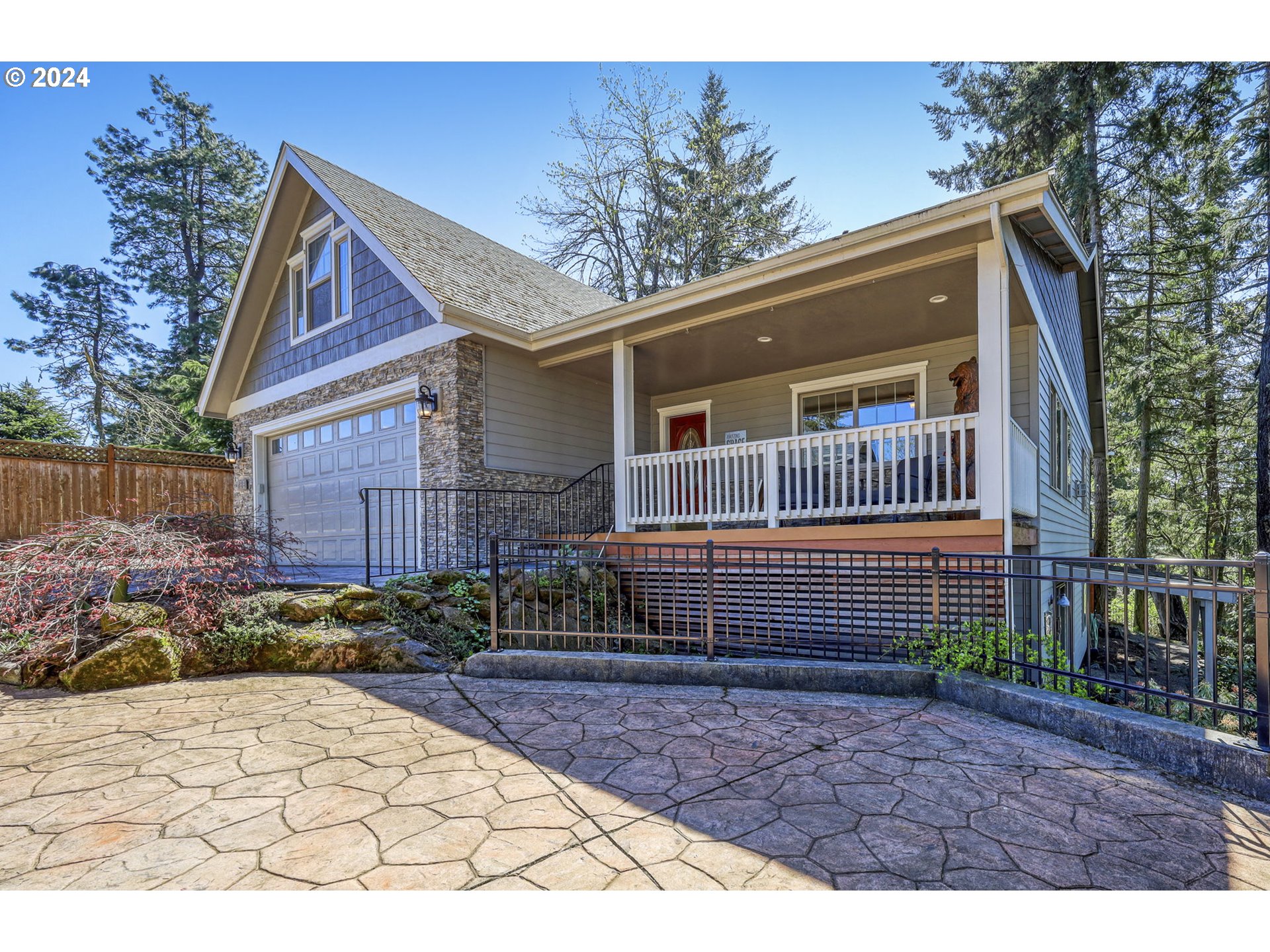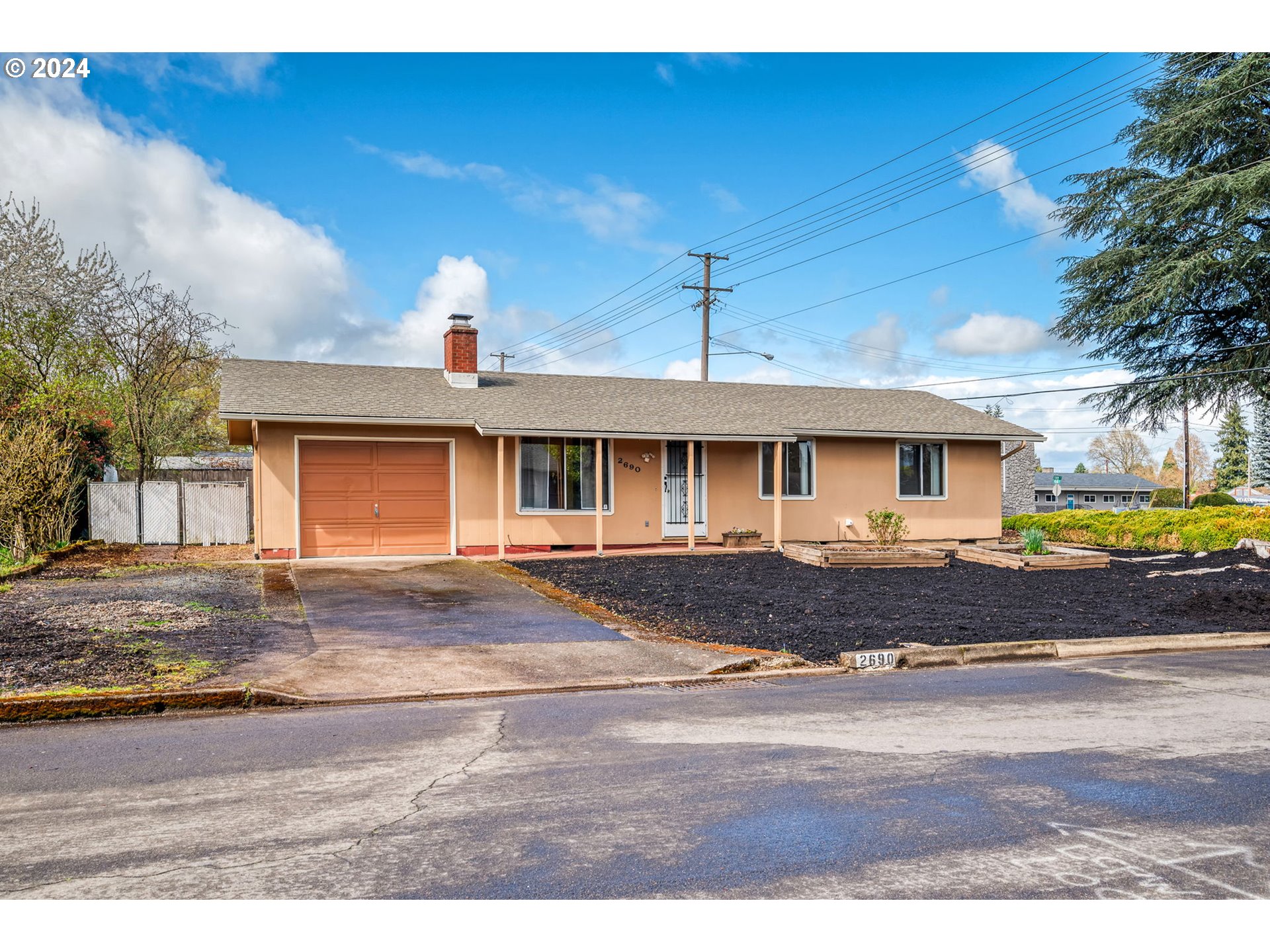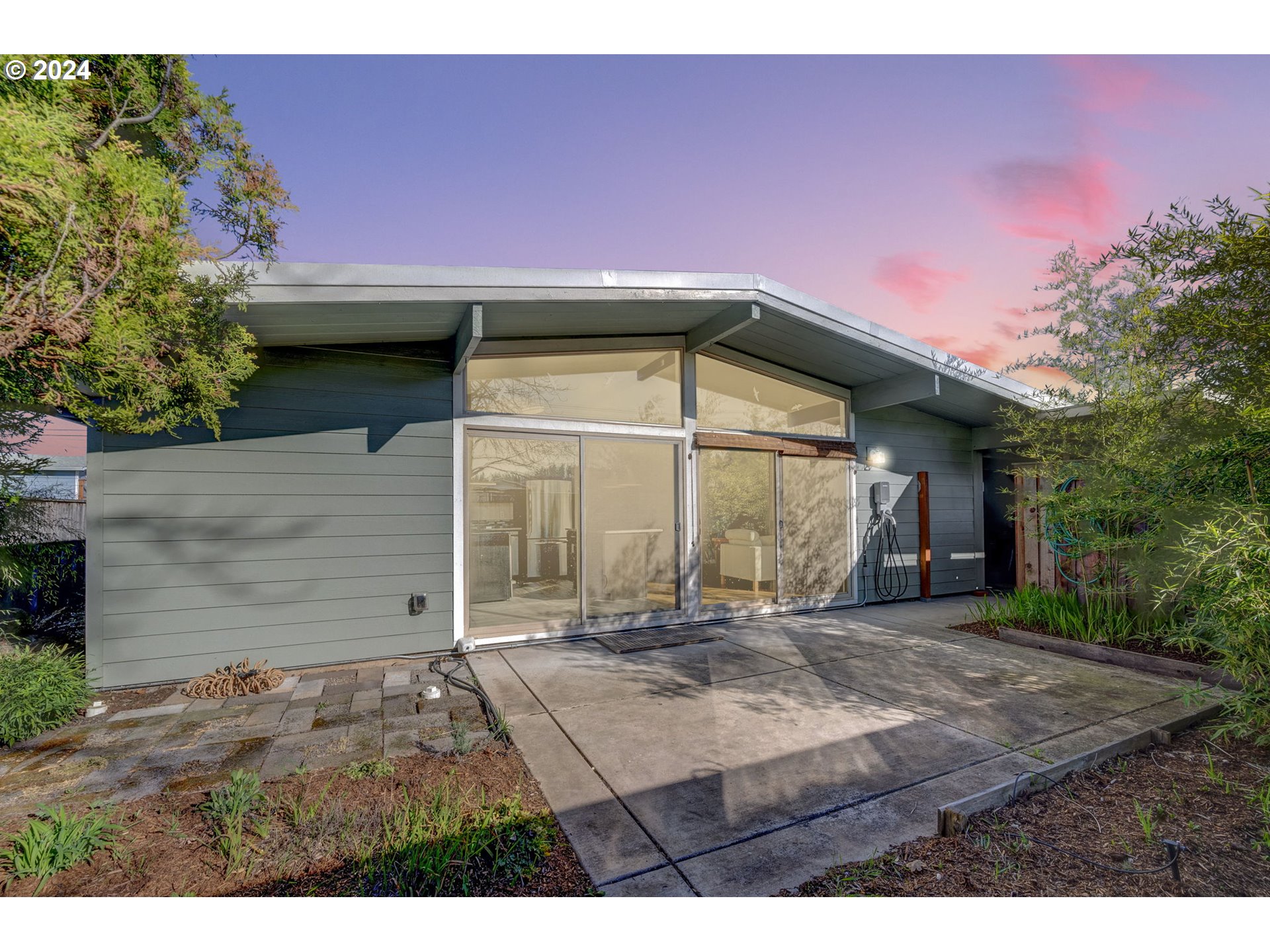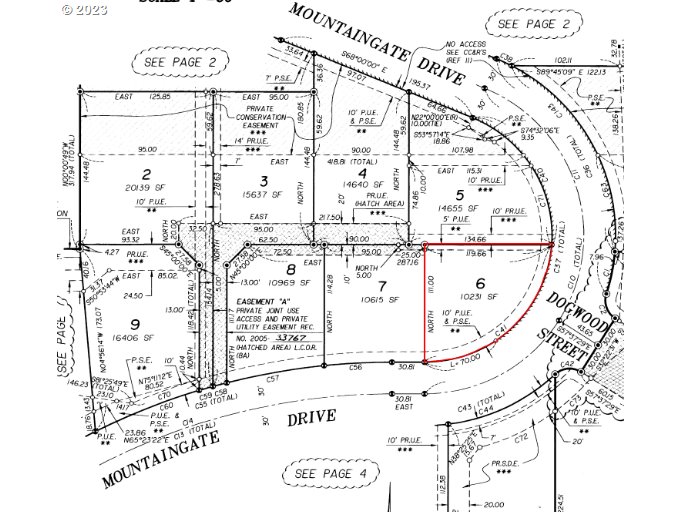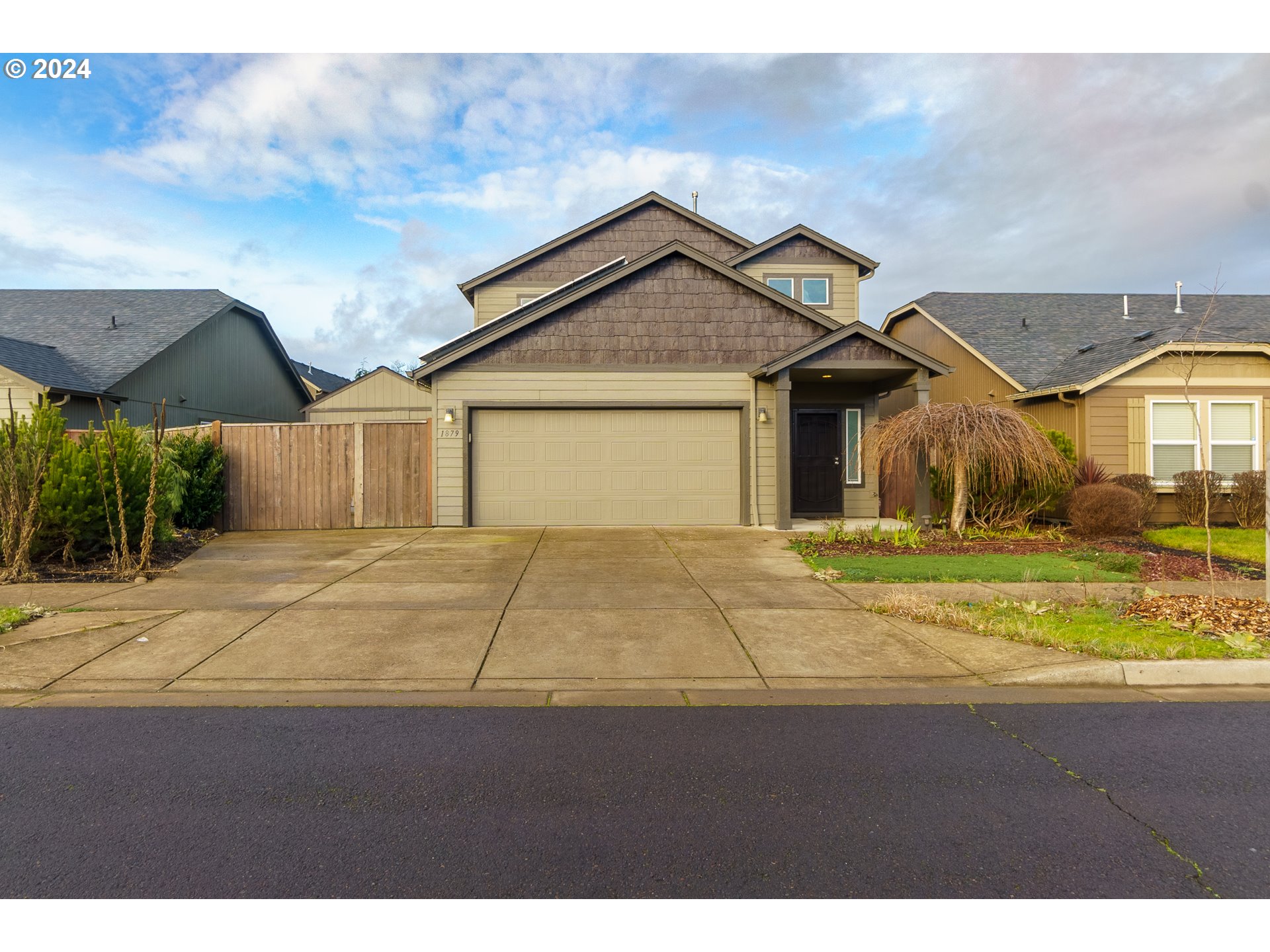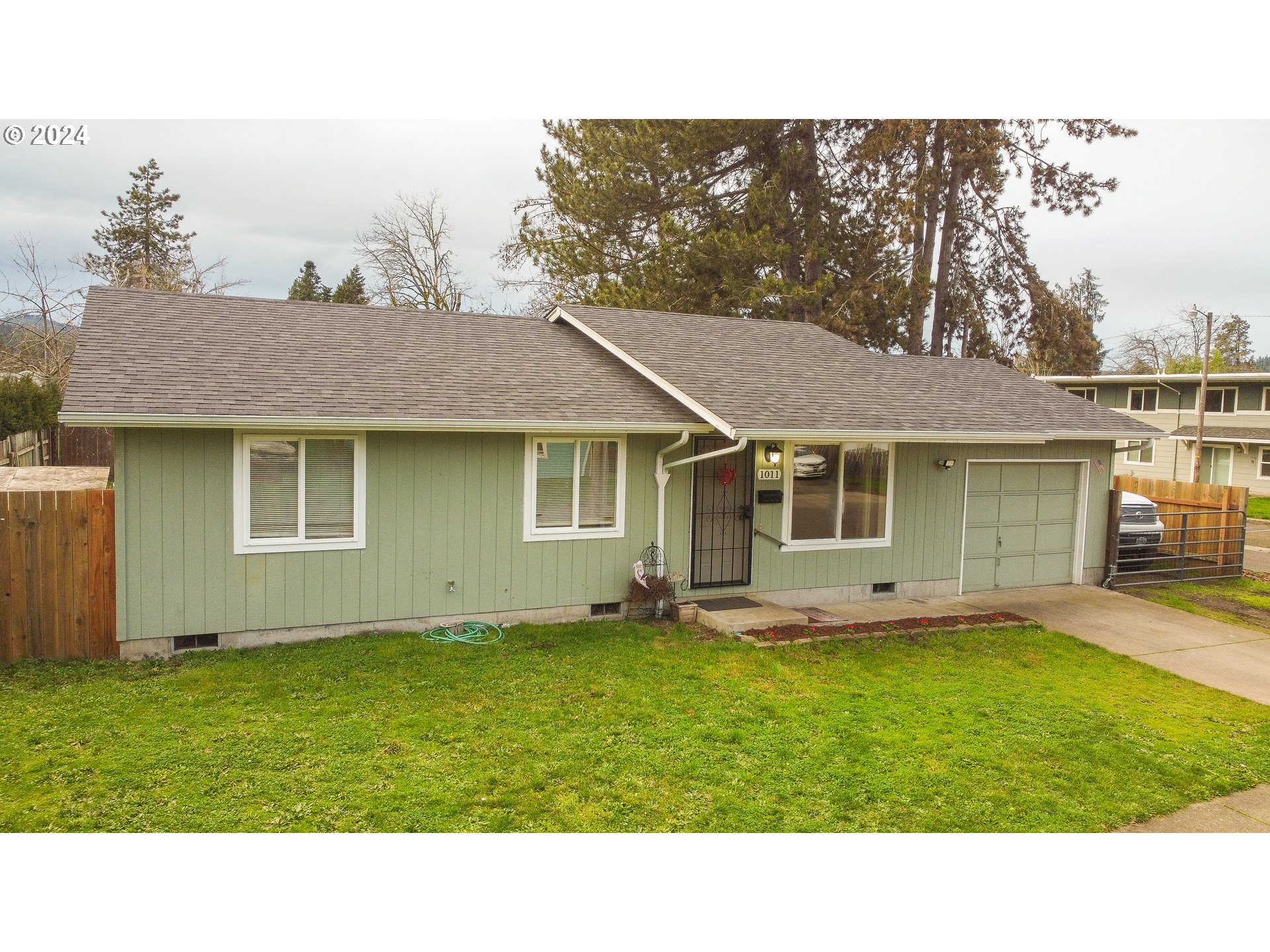Are You Wanting To Purchase A Home?
Good Monday Morning!
Are you wanting to purchase a home, but you are just not sure if right now is the best time to make your purchase? If you fit into this category, you are not alone. Hundreds of thousands of potential home buyers are finding themselves in this situation. The following article from "US News" talks about this situation and gives you some perspective from both sides on whether to buy now or wait it out. This is a great read for you if you are on the fence about purchasing a home now vs. renting.
Over the past two years, mortgage rates have surged from around 3% to well past 7%, leaving many would-be homebuyers simply priced out of the market. Others have decided to wait on the sidelines, holding out for lower rates. In fact, two-thirds of homebuyers are waiting for rates to fall before buying a home in 2024, according to a U.S. News survey.
But patience doesn't always pay off for buyers who are trying to time the market. Here's what to consider if you're holding out for lower mortgage rates, as well as when waiting to buy a home could make sense.
Home Prices May Rise While You Wait to Buy
National home prices are up about 44% since the onset of the COVID-19 pandemic, according to the S&P CoreLogic Case-Shiller Home Price Index. Much of that home price appreciation can be attributed to heightened demand when mortgage rates were at record lows in 2020 and 2021.
But even in 2022 and 2023, when mortgage rates began their relentless climb, home prices didn't drop. Instead, they rose by about 10% between January 2022 and January 2024.
Those who put off buying a home during the past few years as they were holding out for lower mortgage rates have been left out of the market as home prices continued to appreciate. On top of that, mortgage rates have stayed higher for longer than previously expected, keeping monthly housing payments elevated. In other words, affordability didn't improve for those who chose to wait.
But there is a silver lining to buying now versus buying during the pandemic frenzy: Even though prices have stayed high, the housing market has come into better balance. Active listings have continued to improve in 2024 so far, according to a March housing market report from the real estate listings website Realtor.com. It may not be quite a buyer's market, but buyers may not have to waive home inspection contingencies or engage in bidding wars well over a home's appraised value in order to have an offer accepted.
Lower Rates Could Spark Competition – and Drive Prices Higher
Although home prices aren't expected to appreciate at the breakneck pace observed during 2020 and 2021, they're not expected to decline, due to limited housing inventory.
One factor is the rate lock-in effect, where many homeowners are reluctant to list their homes for sale since they have much lower interest rates (and monthly payments) than what's currently available. About four in five homeowners have a mortgage rate below 5%, according to a January 2024 study by the online real estate brokerage Redfin.
If mortgage rates do fall this year, some homeowners could be motivated to sell, but the vast majority will still have much lower rates than what's currently available for the foreseeable future. At the same time, first-time buyers (who aren't tied to a sub-5% rate) might decide to enter the market if rates fall even slightly, unleashing a wave of pent-up demand that could outweigh the relative improvement in supply.
Those who are waiting for rates to fall will be in good company – or rather, healthy competition. On the other hand, those who are financially prepared to buy now may benefit from the improving inventory while demand is still stifled by high mortgage rates. And those who buy now can always refinance down the line if rates fall.
If you do plan to buy now and refi later, just ensure that you can comfortably afford your monthly payments without banking on refinancing. Think of it as an added bonus, not a guarantee – and remember that refinancing costs money, too.
Mortgage Rate Trends Are Difficult to Predict
At the start of 2023, many economists expected mortgage rates to drop throughout the year – but those forecasts didn't come true. In fact, mortgage rates marched higher, reaching a new peak of nearly 8% in October 2023. And while mortgage rates are forecast to decline in 2024, they're not likely to return to pandemic-era levels anytime in the near future.
Federal Reserve Chair Jerome Powell said it best in a September 2023 news conference: "Forecasts are highly uncertain. Forecasting is very difficult. Forecasters are a humble lot with much to be humble about."
Even the most seasoned economists have trouble predicting mortgage rate trends, so the average homebuyer has little chance of successfully timing the market. Instead, buyers should focus on things within their control, like deciding what they want out of a home and working with a real estate agent to put in a competitive purchase offer.
When Buying a Home Now Makes Sense
You can afford the monthly payments. When mortgage rates are high, buyers face higher monthly housing payments. As a rule, your mortgage payments should not exceed 28% of your monthly pretax income. Some homebuyers may need to reduce their home price budget to accommodate the current rate environment and keep their monthly payments within reason.
Research rents in your area, and compare them to your estimated costs as a homeowner using a mortgage calculator. Don't forget to account for property taxes, homeowners insurance, mortgage insurance and homeowners association fees.
You plan on staying in the home for a while. Buying a house comes with its share of one-time transactional costs, like fees for a home appraisal, land survey, home inspection and mortgage underwriting. On average, closing costs will run you about 2% to 5% of the home's purchase price (between $8,000 and $20,000 on a $400,000 home).
At a minimum, you should expect to live in your home for about five years before it's worth selling to offset closing costs. Plus, you could be on the hook for capital gains tax if you sell a property within two years of owning it.
Buying a home won't drain your savings. Take it from a new-ish homeowner: Home maintenance, upkeep and repairs are probably more expensive than you think. After making a down paymentand paying for closing costs and even moving expenses, buying a home can put a sizable dent in your bank account. Make sure you have enough of a cushion to cover upfront purchase costs, with a healthy savings fund left over. That way, you're not cash-strapped as a new homeowner.
You can expect to spend at least 1% of your home's value each year on maintenance expenses(or a minimum of $4,000 on a home worth $400,000). Building in a home maintenance fund helps you avoid tapping credit cards or taking on debt if you need to pay for renovations or urgent repairs within few years of homeownership. It's also wise to keep an emergency fund that can cover three to six months' worth of living expenses in the event of job loss or another unexpected life event.
When Waiting to Buy a Home Makes Sense
You need more time to financially prepare. Considering that your home could be the most expensive purchase in your lifetime, there's no such thing as being too prepared or having too much money saved up. While it's possible to buy a home with far less than 20% down, coming prepared with a larger down payment can help you qualify for better loan terms and enable you to avoid paying for mortgage insurance, which can help keep your monthly payments affordable.
On top of building up your savings, you might want to improve your credit score, pay down other debts like credit cards or find ways to increase your income before buying a home.
You enjoy the flexibility of not owning a home, for now. Purchasing a home isn't just a financial decision, it's also a lifestyle choice. Some people might save money if they can find a reasonably priced rental with roommates, and they might simply enjoy that type of living arrangement. Others might decide to live at home until they've saved up for a larger down payment or just because they want to live among family – about 16% of Americans ages 25 to 34 live with a parent, according to U.S. Census Bureau data.
Ask yourself what you want out of homeownership, because if you're not highly motivated to buy a home when mortgage rates are high, it might not be worth the financial stress. In other words, waiting makes sense when you're simply not ready to buy a home.
Have An Awesome Week!
Stay Healthy! Stay Safe! Remain Positive! Trust in God!
THIS WEEKS HOT HOME LISTING!
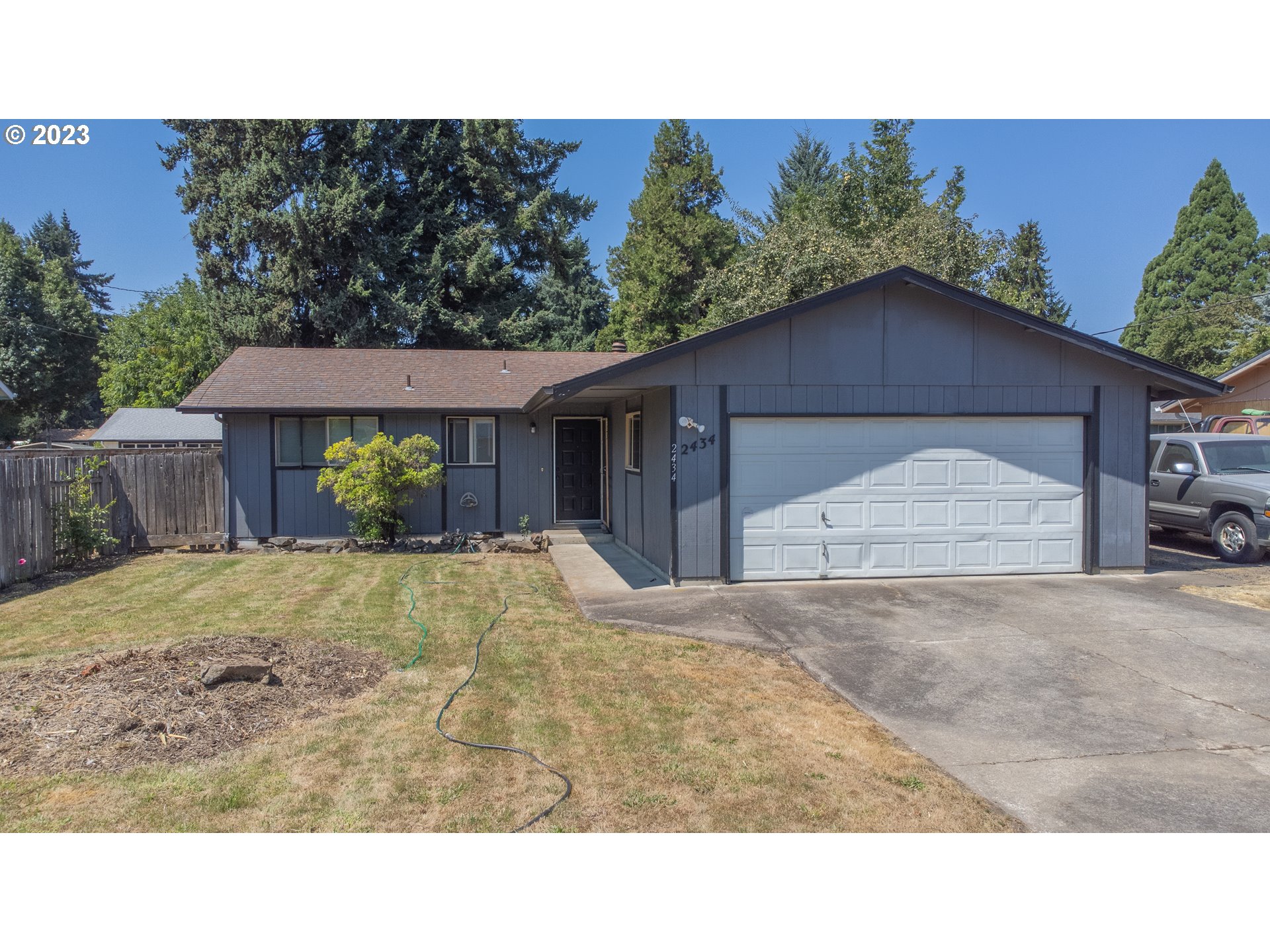
2434 E Irwin Way, Eugene, OR
Price: $349,900 Beds: 3 Baths: 1.5 SqFt: 1056
This single level ranch style home is located on a quiet street near Irwin Park and the Golden Garden Pond. RV parking and an attached 2-car garage with built-in storage. Vinyl windows, newer carpet & vinyl, large fenced yard with a patio...View this property >>
AND HERE'S YOUR MONDAY MORNING COFFEE!!


